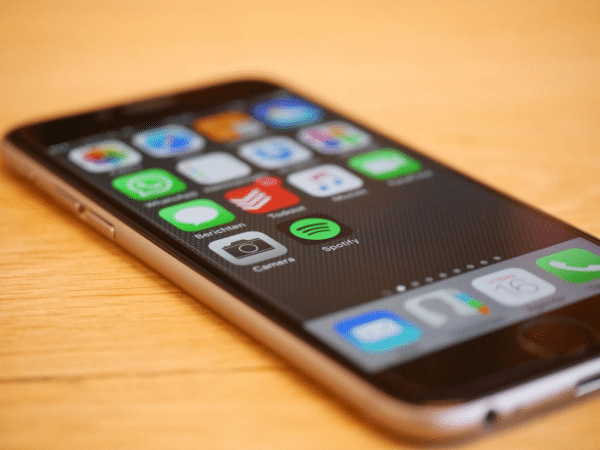All adults alive today were born when the first smartphone was invented, and they were alive when the first social media platforms emerged. When you think about it, it’s kind of crazy how far we have come in such a short time.
It’s human nature to predict the future and prepare for it. Granted, in general, we as a species are awful at predicting the future, but sometimes our predictions are incredibly close to reality, even if they are not entirely accurate. Plus, they are fun.
Social media platforms have come a long way. In the beginning, their main purpose, or at least what they were primarily used for, was to connect with long-lost friends, perhaps a high school sweetheart or two. Now people are making new contacts through these platforms.
Social media has fostered not only personal relationships but also business connections. Advertising in the online world is something completely different than it used to be. Many of us only got to know brands because we encountered them through social media.
Advertising has become very sophisticated in recent years, and social media optimization agencies in India and around the world are proof of that. The future of social media is crucial for individuals, businesses, and their brands as they play a game whose rules are constantly changing.
So here are the key predictions about how social media will change in the near future and how marketing will change with it.

Photo by Pixabay from Pexels
Cool Graphics
Many of the most popular social media platforms already have the right tools for users to communicate through images. Language, at least in written form, is losing the race against visuals when communicating quickly and efficiently, two critical components of a successful social media platform.
Instagram and Pinterest are two examples where the visual takes center stage. Think about how many emojis we use today and how each has its own meaning that we all agreed on, even if the creator of the emoji had something else in mind.
The advertising industry, e.g. top social media agencies in the USA, will be even more dependent on graphics and visual communication in the future than they are today.
New Realities
With VR (virtual reality), you can put on a headset and live in a completely different reality than ours.
On the other hand, augmented reality (AR) is about seamlessly connecting the digital world and the real world. Imagine trying to buy a product online, and instead of seeing the product’s image, you see a hologram of the product in your home.
These technologies have yet to be fully integrated into social media platforms, but we can already see the first steps. A cool example is exercising yoga in a virtual world with others, alone in your living room while looking at other people’s avatars and listening to your instructor.
This is changing the way we communicate with each other and how advertisers communicate with their customers. Just think of all the new advertising spaces created where advertisers can show their ads without the customer feeling like they are being forced on them. And that’s always a good sign.
Getting More Personal
As artificial intelligence becomes more sophisticated, advertisements will become more personalized than ever before. They will be based on many factors, such as a person’s location, virtual reality interactions, and more.
Artificial intelligence could also take on the role of customer service as it communicates with a customer and adjusts its own behavior in real-time to serve them as efficiently as possible. For example, SMO services in the UK will be different if they are driven by AI that is familiar with the culture or geopolitics.
Bottom Line
The possibilities for the future are literally endless, but the three predictions above already have a foot in the door. That’s why digital marketing agencies are constantly changing their strategies to stand out from their competitors.
One thing is certain: to survive this tech evolution; entrepreneurs need professional advice. A reliable social media marketing agency like MatrixBricks can be a game-changer, knowing which direction future trends are heading.
